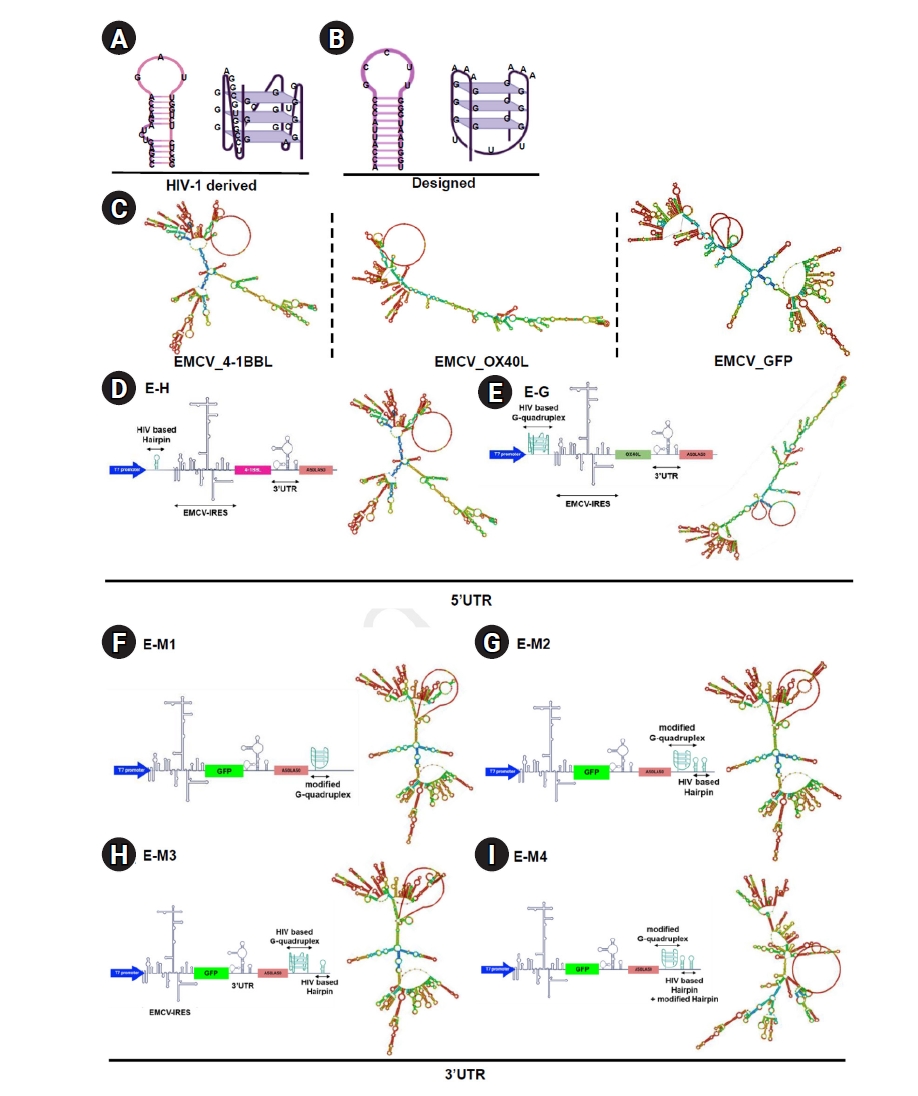
 , So-Hee Hong
, So-Hee Hong
 , Minjoo Lee
, Minjoo Lee , Kyoung Hwa Lee
, Kyoung Hwa Lee , Ji Hoon Lee
, Ji Hoon Lee , Seok-hyung Kim
, Seok-hyung Kim , Byoung Kwon Lee
, Byoung Kwon Lee
Scrub typhus, caused by
Citations

 , Yong-Hyun Kim
, Yong-Hyun Kim , Jong Soo Lee
, Jong Soo Lee , Young Jae Hwang
, Young Jae Hwang , Jae Min Lee
, Jae Min Lee , Keunhee Kang
, Keunhee Kang , Woo-Hyuk Song
, Woo-Hyuk Song , Jeong-Cheon Ahn
, Jeong-Cheon Ahn
A 30-year-old man visited the emergency room for chest pain, dyspnea and fever. Despite increased serum cardiac enzymes, ST segment elevation and inferior wall akinesis in electrocardiography and echocardiography, no atherosclerosis was evident in the coronary angiography. However, radionuclide myocardial perfusion image at day 2 showed a persistent perfusion defect in the left ventricular (LV) inferior wall. At day 3, prominent myocardial edema and severe LV systolic dysfunction developed with signs of heart failure. In this case, fulminant myocarditis seemed to originate from the right coronary artery territory and simulated a ST segment elevation myocardial infarction without coronary artery obstruction. The pathogenesis of the localized perfusion defect was unlcear.

